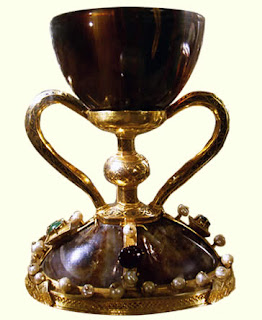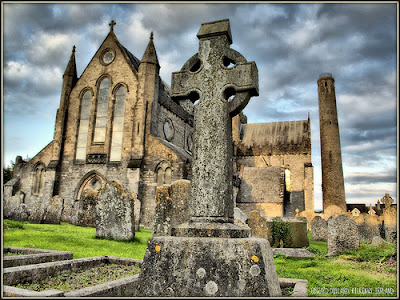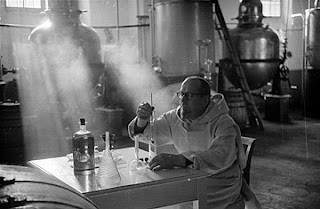Steve Jobs and his wife Laurene
Which would you rather have in your lap right now: a baby or a new iPad? If the answer is ‘iPad’ then you need to keep reading.
There are likely hundreds of CEOs and thousands of people in the world who wish they could be “as innovative and successful as Steve Jobs.” In the days following the death of the Apple genius, a story caught my eye about his perspective on fatherhood in the shadow of death.
Dean Ornish, quoted in the New York Times, said of Steve Jobs: “I once asked him if he was glad that he had kids, and he said, ‘It’s 10,000 times better than anything I’ve ever done.'”
To better appreciate this, let’s just take a quick look at some things that Steve Jobs did:
- Macintosh (including the computer “mouse” and the “windows” style operating system – My family had a Mac IIsi when I was middle school – I was the only kid printing out pretty book reports – my English teacher always admired my fonts)
- iPods (do you remember the first time that you saw one?)
- iPhones (with touch screens)
- iPad (with touch screens)
- iTunes (the popularization of mp3s and podcasts)
- Apple Store
- Apps (yes “apps” is now an English word)
- Pixar Studies (Toy Story, Cars, etc.)
- a billionaire at least 6 times over
What a list. Yet Steve Jobs says that having children is for him “10,000 times better” than all these accomplishments combined. He had one child in his early 20s out of wedlock and later three more children with his wife.
As a father of six, I also know that having children is a blessing and a test. There is nothing so difficult and nothing so rewarding. You probably have not heard this Jobs quote because it is precisely what America and the West don’t want to hear. Having a family is more rewarding and a greater accomplishment than anything that even the best inventor/CEO/billionaire can accomplish.
Jobs’ epiphany reflects Odysseus’ decision at the end of Plato’s Republic. Happiness is not found in being famous, royal, or rich. The wise man, like Odysseus, knows that contentment is found in being a simple man with a simple life. Death is the app through which we can see what is most important: being a spouse, parent, and friend.
“Behold the inheritance of the Lord are children: the reward, the fruit of the womb.” (Psalm 126:3, D-R)










